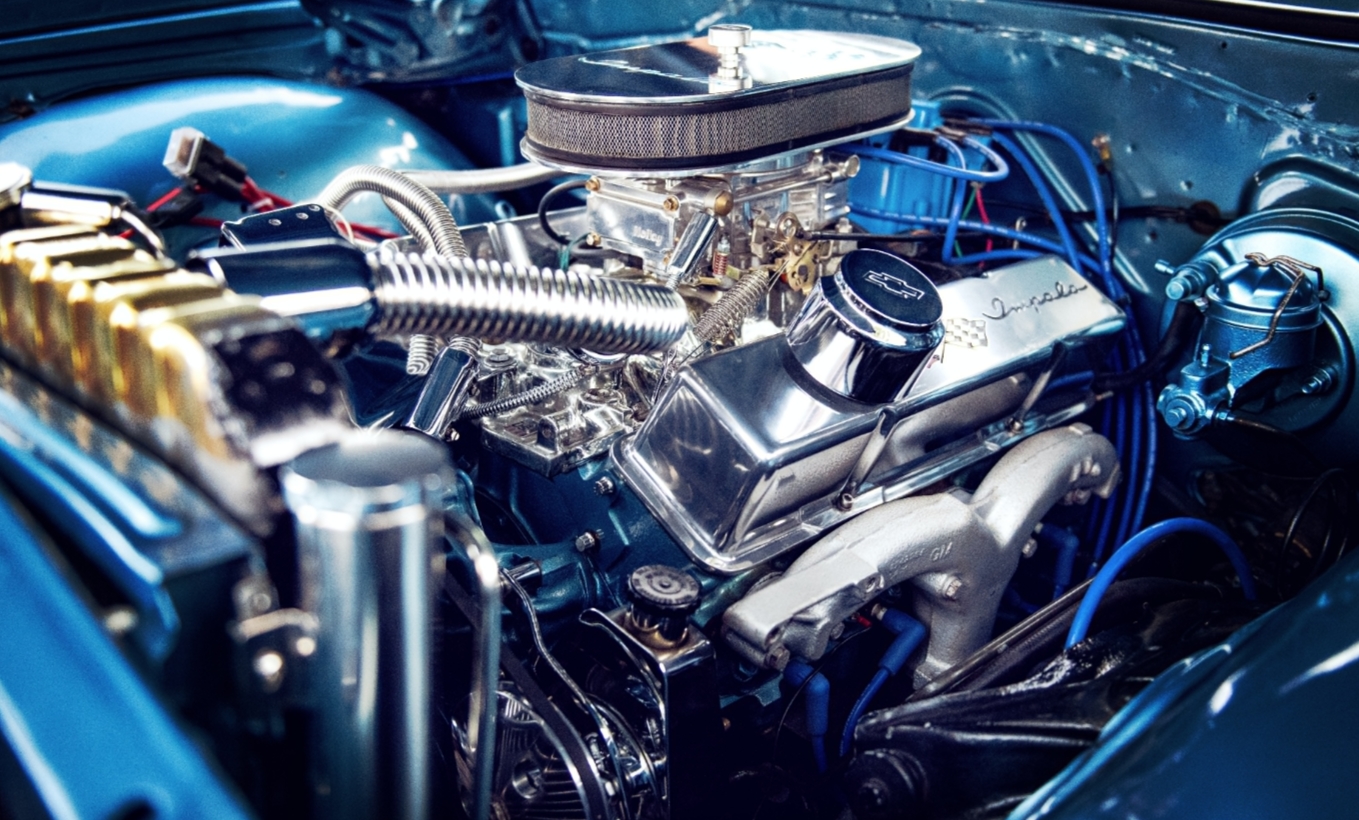Engine information
Are you a car enthusiast or just someone who has an interest in engines? Whether it’s the rumbling power of a truck engine or the smooth purr of a car engine, there’s something fascinating about these complex machines that power our vehicles. In this blog post, we’ll take a closer look at different types of engines – from cars to trucks and even buses and motorcycles! So buckle up and get ready for some exciting engine information!
Car Engine
What makes a car go? It’s the engine under the hood! Car engines come in all sorts of shapes and sizes, from small four-cylinder engines to massive V8s. The most common type of car engine is the internal combustion engine, which burns fuel to create energy that powers your vehicle.
Internal combustion engines can be either gasoline-powered or diesel-powered. Gasoline engines are more common and tend to be less expensive than diesel engines. These types of engines typically have higher horsepower outputs and are better suited for fast acceleration.
Diesel engines, on the other hand, are known for their efficiency and durability. They’re commonly used in heavy-duty trucks because they can handle heavier loads thanks to their high torque output.
Regardless of what type of engine your car has, it’s important to keep up with regular maintenance like oil changes and tune-ups. This will ensure that your car runs smoothly and efficiently for years to come!
Truck Engine
When it comes to powerful engines, few can match the might of a truck engine. These powerhouses are designed with durability and strength in mind, capable of carrying heavy loads over long distances without breaking a sweat.
Trucks come in all shapes and sizes, which means their engines do too. From small diesel engines that power delivery trucks to massive V8s that drive semi-trailers across the country, there’s an engine for every job.
One thing most truck engines have in common is their torque output. Torque is what gives a vehicle its pulling power, and trucks need plenty of it to tow heavy loads uphill or accelerate quickly from a standing start.
To achieve this level of performance, manufacturers often use turbochargers or superchargers on their truck engines. These devices force more air into the engine cylinders, allowing them to burn more fuel and produce greater power output.
Of course, all this extra horsepower comes at a cost – namely fuel consumption. Truck owners should expect to pay more at the pump if they want to enjoy the benefits of a high-performance engine. But for those who rely on their vehicles for work or play, the investment is well worth it!
Bus Engine
A bus engine is a large and powerful machine that requires immense strength to move the vehicle. It is designed to handle the weight of passengers and cargo, as well as navigate through tough terrain and long distances.
Bus engines are typically diesel-powered, which provides better fuel efficiency and torque for hauling loads. They range in size from small shuttle buses to full-size motor coaches used for long-distance travel.
One unique aspect of bus engines is their ability to run on alternative fuels such as compressed natural gas or propane. This has become an increasingly popular option for operators looking to reduce emissions and save money on fuel costs.
Maintenance of a bus engine is crucial for ensuring safe operation and longevity of the vehicle. Regular oil changes, filter replacements, and inspections can prevent costly repairs down the line.
A reliable bus engine is essential for providing safe transportation for passengers while also meeting environmental standards.
Motorcycle Engine
Motorcycle Engine:
Last but certainly not least, we have the motorcycle engine. While it may be smaller in size compared to car or truck engines, it is still a vital component of any motorcycle. Motorcycle engines typically range from 50cc to 1500cc and are designed for speed and agility.
Like car and truck engines, there are different types of motorcycle engines such as two-stroke and four-stroke. Two-stroke engines were popular in the past due to their simplicity, lightweight design, and high power output. Nowadays, four-stroke engines are more commonly found because they offer better fuel efficiency while also being environmentally friendly.
In conclusion (Oops! I can’t use that!), with each type of engine having its unique features that make them perfect for their respective vehicles- whether you’re driving a car/truck/bus or riding a motorcycle- understanding how these machines work is essential when it comes to maintenance and repair. With proper care and regular maintenance, your vehicle’s engine will continue running smoothly for years to come!



